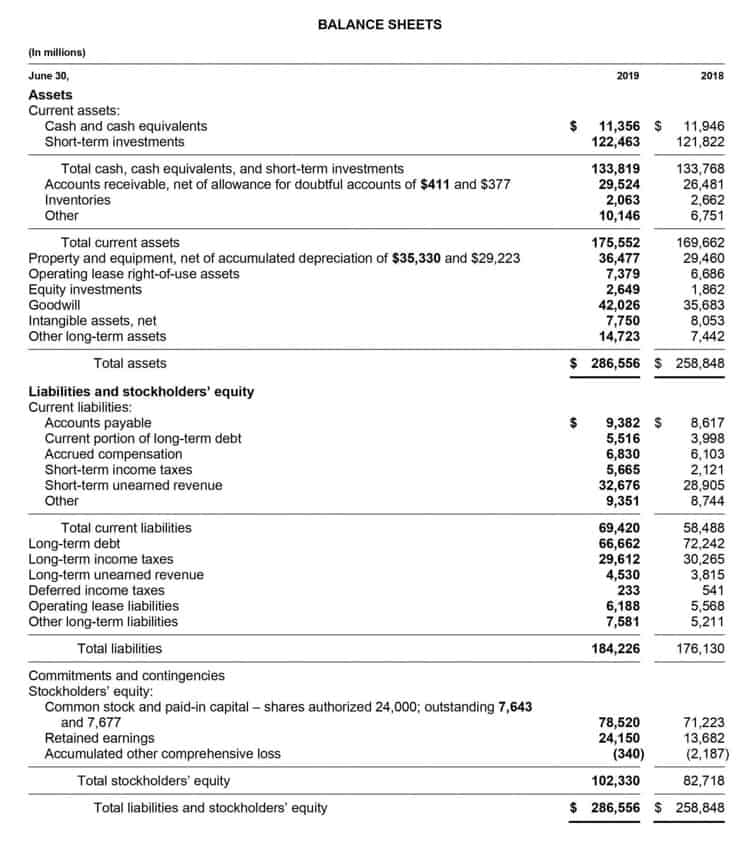
Managing Construction-in-Progress (CIP) in a multi-project environment introduces additional layers of complexity that require sophisticated strategies and tools. With multiple projects running concurrently, it becomes crucial to allocate resources—such as labor, materials, and equipment—efficiently to avoid bottlenecks and ensure timely project completion. Project virtual accountant management software like Primavera P6 or Microsoft Project can be invaluable in this context. These tools offer features like Gantt charts, resource leveling, and critical path analysis, which help in optimizing resource distribution across various projects. Engaging an experienced CIP accounting team ensures meticulous record-keeping and accurate financial reporting throughout the construction journey.

Where is construction in progress on the balance sheet?
When the construction under progress is recorded proportionally in every accounting period, it maintains the financial position’s transparency. Another objective of recording construction in progress is scrutiny and audit of accounts. The construction in progress can be the largest fixed asset account due to the possibility of time it can stay open. The CIP procedures dictate the proper recording of construction costs in financial statements. In the company’s balance sheet, construction in progress is most commonly found under the head of PP & E( Plant, Property & Equipment).

Why Do You Need a CIP Account Management Software like eSub?
Additionally, we will delve into the advantages and disadvantages of capitalizing assets in progress. By the end of this guide, you will have a solid understanding of CIP and its significance in financial reporting. One of the key aspects of financial reporting is ensuring that costs are matched with the revenues they generate. This is known as the matching principle, and it is a fundamental concept in accounting. By using CIP accounting, companies can know that the costs of a project are recognized in the same period as the revenues they generate.
What is IAS 11 Construction Contract?

By assigning specific codes to various cost categories, such as labor, materials, what is cip in accounting and subcontractor fees, companies can achieve a granular level of tracking. This system not only facilitates more accurate reporting but also aids in identifying cost overruns and inefficiencies early in the project lifecycle. For instance, if labor costs are consistently exceeding budgeted amounts, project managers can investigate and address the issue before it escalates. Managing construction-work-in-progress accounts presents unique challenges, necessitating specialized expertise and training. Given the complexities involved, many businesses opt to enlist the services of a chief financial officer (CFO) to oversee these records.
It involves regularly assessing the status of the project and making any necessary adjustments to the CIP accounts to make sure that costs are accurately recorded. Regular reviews also help to identify any potential issues or discrepancies in the CIP accounts, allowing companies to take corrective action if necessary. One of the key best practices is to establish clear policies and procedures for CIP accounting. Another key aspect of managing CIP accounts is monitoring the progress of the project to determine when costs should be capitalized. This involves regularly assessing the stage of completion of the project and making adjustments to the CIP accounts as needed.
- Managing construction-in-progress accounts is relatively more complicated than managing other business accounts.
- As a result, the construction-work-in-progress account is an asset account that does not depreciate.
- You need to operate a construction-in-progress accounting system when you are constructing assets that will not be completed for an extended period of time.
- These tools offer features like Gantt charts, resource leveling, and critical path analysis, which help in optimizing resource distribution across various projects.
However, there are chances that the term process written in a financial statement instead of progress indicates the business nature. So, while items are booked when money changes hands with cash basis, items are booked when an invoice passes hands with accrual basis. Each method tells a different story about revenue, but neither method gives the whole story – that’s where the work in progress (WIP) method comes in.
Effective CIP Accounting for Modern Construction Projects
Accounting for construction in progress when it is for an asset to be sold is slightly more complicated. This is a method that attempts to match revenues to the expenses required to generate them. Construction of certain assets – naval ships, for example – can take several years.

See our Subcontractor Focused Project Management Cloud Software in Action.
Construction Work-in-Progress is often reported as the last line within the balance sheet classification Property, Plant and Equipment. There is no depreciation of the accumulated costs until the project is completed and the asset is placed into service. In addition to potentially wreaking havoc on your QuickBooks finances, these problems can also be a major red flag for sureties and lenders. It is extremely difficult to assign an accurate cost to a WIP item, since there may be many WIP items in various stages of completion as of period-end.
1) On March 11, 2021, Business A received a $100,000 bill from Builder’s Warehouse for construction materials.
